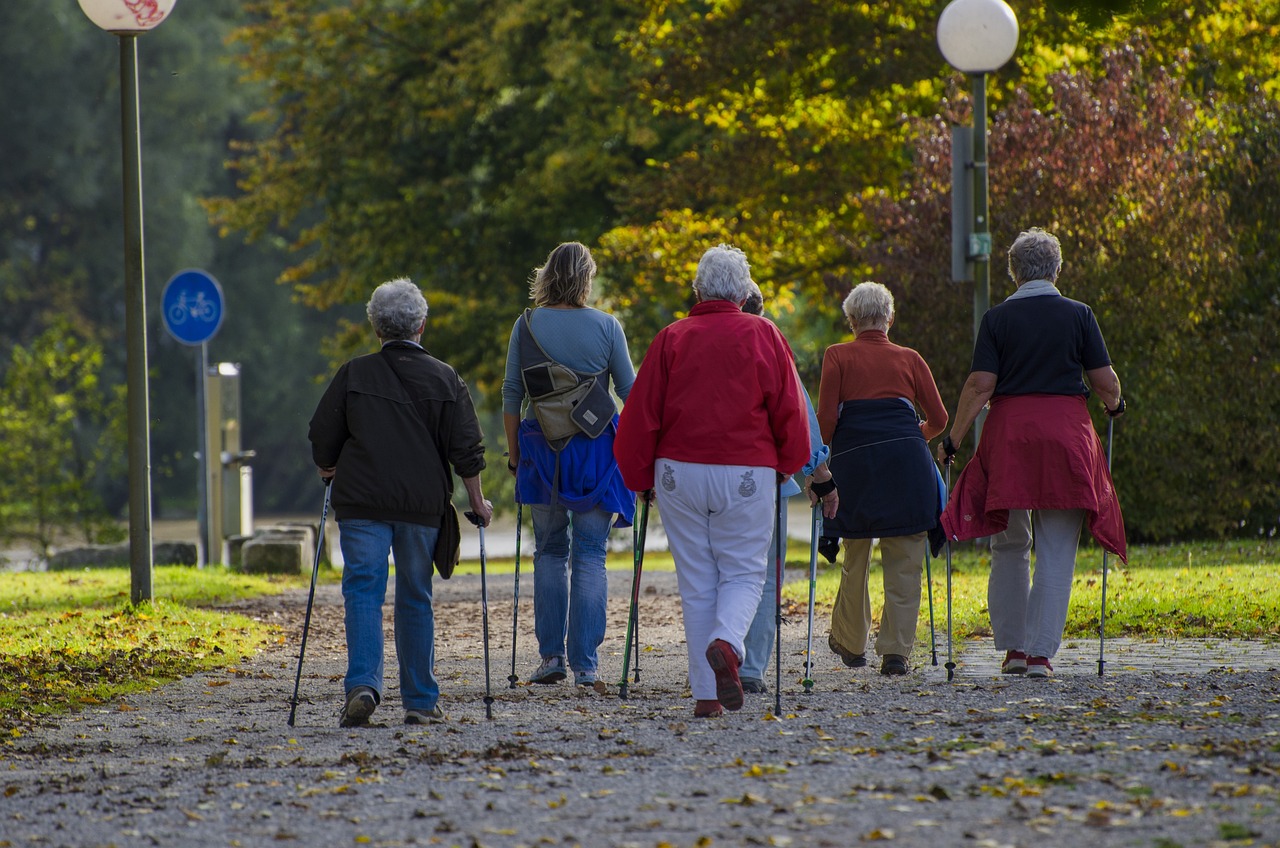It should be 10,000 steps a day – the recommendation is too much for many working people. The good news is that you can spice up your daily routine with a few tricks to make your health happy.
5 tips for more exercise in everyday life
Counting steps is the order of the day: 10,000 steps per day is recommended. That corresponds to six to eight kilometres. However, frustration quickly sets in when you don’t get your step count after a hard day at the office. The good news is that you don’t need to be very strict with yourself. With the following tricks, you can spice up your everyday life so that your health is happy, even if you take fewer steps.
We sit more than we walk.
According to the 2023 Health Report by the German Sport University Cologne and German Health Insurance (DKV), Germans spend seven to nine hours daily sitting. People who work in offices in particular often don’t get enough exercise. Lack of exercise is considered a significant health risk factor. Those who do not get enough exercise have a higher risk of obesity, cardiovascular diseases such as high blood pressure, heart attacks and strokes, as well as diseases such as osteoporosis, diabetes mellitus and even cancer.
To counteract the increasing lack of exercise in the population, the German Sport University Cologne and the North Rhine Medical Association launched the “10,000 steps for your health” project in 2013. In doing so, they followed the World Health Organisation’s (WHO) recommendation on physical activity and started an ongoing exercise trend: most people remember the 10,000 steps for better health. Looking at the pedometer is still a routine for many people today.
Exercise: How many minutes a week should I be active?
The WHO recommends that adults be physically active for at least 150 minutes weekly. The more, the better. The WHO also recommends training twice a week to build muscle strength and endurance. The step challenge is still a good way to get back into exercise, especially for older people and people who have not been active for a long time.
Walking is not a sport, is it?
And you don’t have to take your steps by jogging or walking. You can also fill out your step account by going for a walk. Even if a walk is not a classic sports session, this gentle exercise definitely affects the body. Walking briskly trains the leg and gluteal muscles and the cardiovascular system and burns energy simultaneously: around 300 kilocalories per hour. That’s the equivalent of a pretzel.
10,000-step challenge: often challenging in everyday life
But despite motivation and ambition, it is not always possible to fit long walks and sports into everyday life. This sometimes leads to frustration, pressure, and a guilty conscience. Is it possible to do something good for your body on the side?
The Step Challenge aims to raise awareness of exercise in general and encourage people to become more active. The body benefits from any kind of exercise. You can already collect steps for your exercise account in everyday life, for example, by skipping the lift and taking the stairs or going for a short, brisk walk during your lunch break.
This is how healthy climbing stairs is
Sports experts say climbing stairs is the ideal fitness programme for in-between meals. The “training centre of everyday life” trains both endurance and strength. It also improves coordination and balance. If necessary, a bannister can provide more safety. How quickly you take the stairs depends on your fitness level. In any case, they are an effective muscle and cardiovascular workout. However, caution is advised: The risk of falling is comparatively high.
The oldest Siamese twins are dead.
Your muscles are well-challenged when they start to burn. Your endurance is trained when your breathing speeds up and deepens, and your heart starts to beat faster. The more often you exercise on the stairs, the fitter you will become and the more floors you can climb.
Alternatives to the 10,000 steps
You don’t necessarily have to take steps to stay physically fit. You can also keep your body fit on a bike, on an exercise bike or in the swimming pool. Cycling and swimming are a gentle alternative to walking, especially for people with joint problems. While swimming is actually a little more time-consuming, cycling can be easily integrated into everyday life: If you cycle to work or to your evening appointment, you will have completed your fitness training in a time-saving manner and virtually as a side effect.
- source: t-online.de/picture: Bild von Mario Ohibsky auf Pixabay
This post has already been read 2386 times!



